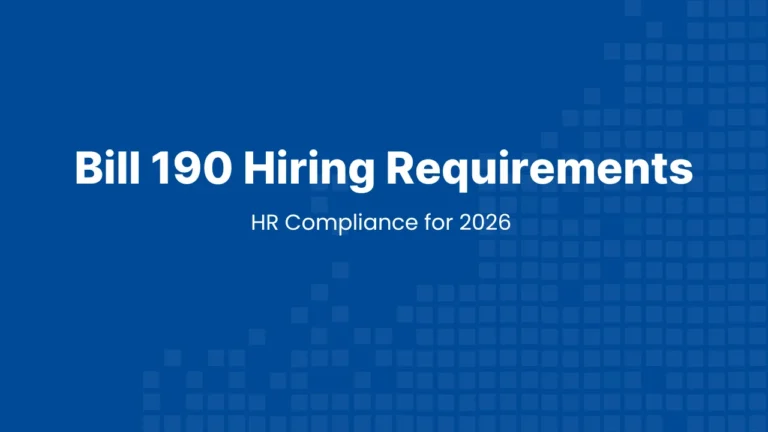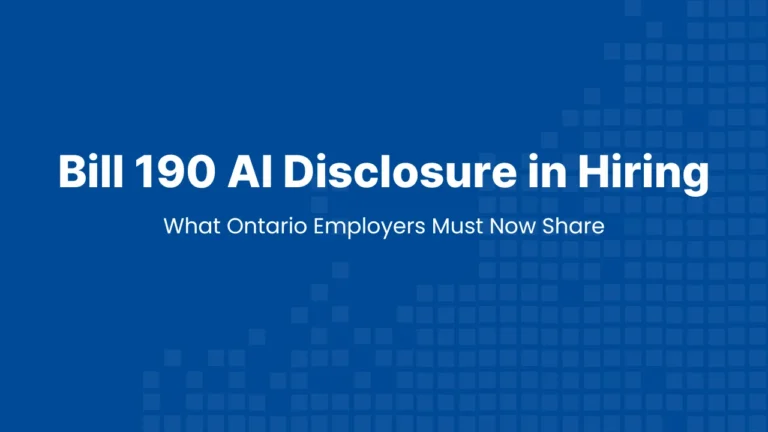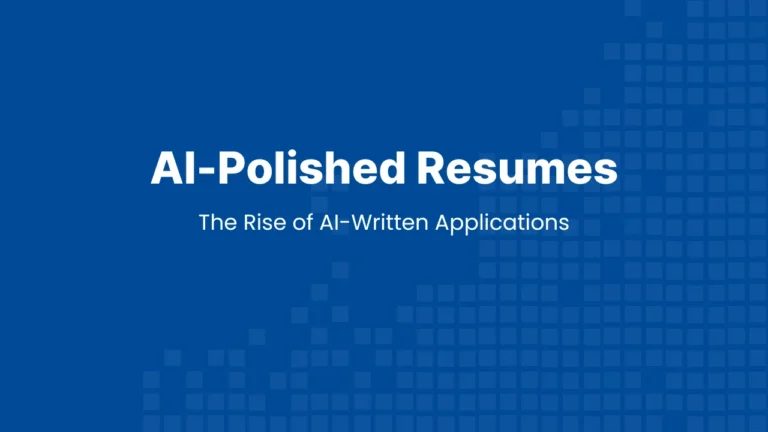What’s at stake when choosing between permanent and contract tech hiring
Every hiring manager faces this call: do you bring someone on full-time, or do you plug in a contractor? Make no mistake. This isn’t a budgeting exercise, it’s way more than that.
Who actually owns outcomes, who sticks with you when priorities shift, and who stays invested when things get bumpy? Choose wrong, and you’ll be rehiring or cleaning up missed hires months later. Choose right, and you keep the pace without losing critical team knowledge.
If you’re weighing the options, take a look at STACK IT’s Permanent IT Recruiting service or Contract IT Recruiting service. Permanent vs contract tech recruiting models are built for roles where hiring mistakes cost real money, and both account for so much more than simply matching resumes to requirements.
According to the 2024 IBM Hybrid Cloud Study, 98% of organizations say just one hour of downtime can cost over $100,000. In practice, most of those losses trace back to missing teammates, unclear responsibility, or a contractor who’s out the door halfway through delivery.

The Real Business Challenge Between Permanent & Contract Recruitment
Most companies don’t set out to pick the wrong hiring model, but it happens when there’s pressure or assumptions instead of clear thinking. Here’s what’s at stake:
- If you miss the mark, you pay twice: once for the hire, again to fix or redo the work.
- Permanent hires get the late-night calls and fix what breaks a year from now. Contractors do the scoped work, but they’re not there for the fallout.
- Payroll, compliance, and liability are real: if someone isn’t on your books, you’d better know who is responsible if there’s an audit or dispute.
- Permanent teammates get to know the business and build on lessons learned. Contractors focus on their deliverables and move on.
Companies often choose contract recruiting when they need someone fast or can’t find the budget for another full-timer. It’s a quick fix, but every time a contract ends, you reset expectations and lose context.
Hiring permanent staff for every seat might make you feel safer, but it could also leave you vulnerable to hard choices if the business evolves. The right move depends on which work is truly short-term and what you can risk ‘losing’.
Real World Hiring Scenario (Where It Goes Wrong)
A fintech company tried to backfill an engineering manager role with a contractor. The contract work got done, but nobody truly owned the delivery. Three months in, deadlines started slipping, and turnover picked up. When they made a permanent hire, the team finally stabilized and got back on track. If you want someone to stick and carry the load, don’t settle for a contractor, hire program managers who’ll stay accountable.
Another Hiring Pitfall Scenario
We’ve seen companies try to “split the difference” by contracting out ongoing analytics and reporting to save budget. Six months later, data quality dropped, reports weren’t consistent, and key knowledge was left with the contractor. The offboarding costs more than what they saved upfront. If a function is ongoing and core to your business, like analytics, product ownership, or compliance, permanent hiring usually pays off.
Think about institutional memory.

How STACK IT Helps You Make the Right Call
We don’t force an answer either way. Here’s what actually happens when we work with your team:
- If a role owns systems, supports multiple teams, or carries real risk if things go sideways, we’ll say hire permanent. You can’t swap these people out without a headache.
- For projects with a clear start and end, such as a migration, urgent release, or delivery spike, contract recruiting is usually the fastest way to get the job done without future costs.
- We’ll flag where you’re most likely to lose ground: handoff points, contractors leaving mid-project, or permanent hires becoming an overhead risk when business shifts.
- Has your team had a lot of turnover lately?
- Who actually owns results: someone in-house or just whoever’s on the ticket?
- Who sticks around for onboarding and after the project is delivered?

Contract-to-Perm Flexibility
Not ready to pull the trigger on a full-time offer? STACK IT allows you to start a contractor and convert to a permanent position if they meet the requirements. The buyout fee decreases every month they remain on contract. It’s the closest thing to a “try before you buy” model that respects everyone’s time.
Vetting for Authenticity
Tech candidate fraud is a news headline because it’s real. From AI-written work histories to fake project portfolios, we see it all. STACK IT screens with hands-on, scenario-based questions and reference triangulation. If someone can’t back up their claims in the real world, they don’t make the cut.
Quality Candidates With Adjustments
If our first candidate shortlist doesn’t hit, we don’t start throwing spaghetti at the wall. We pause, debrief with your team, and reset the criteria together. That’s why clients who come to STACK IT after resume spam tell us it feels like recruiting with a filter.
Permanent vs. Contract: What Changes for You?
In tech teams, these trade-offs hit fast. Permanent hires know the team, the stack, and the real story behind decisions. Contractors move quickly, but they might not be around when you need to troubleshoot, retrain, or hand over.
Don’t pick based on what feels safe, choose your hiring model based on what keeps your work moving and your team whole.
| Consideration | Permanent hire | Contract hire |
|---|---|---|
| Who owns risk | Client (employer of record) | STACK IT (employer of record) |
| Cost model | One-time % of base salary | Hourly rate |
| Flexibility | Lower (notice, investment, severance) | High (start/stop/extend easily) |
| Accountability | High (long-term, owns process) | Scoped to project, hands off after |
| Best for | Core delivery, leadership, IP | Projects, migrations, surge/freeze |
| Time to hire | 2–3 weeks | 5–10 business days |
| Offboarding risk | Higher (severance, morale) | Lower (replace/swap quickly) |
Permanent hires usually take 2–3 weeks from intake to offer. If you need someone who’ll be in the trenches for the long haul, the wait is worth it.
Contract placements? We’ve onboarded solid contributors in under two weeks, which is ideal for tackling emergency projects or getting through an unexpected crunch. Use contract recruiting for speed and flexibility, and the permanent model when ownership and continuity are non-negotiable.
Scenario: When Contract Recruiting Saved a Permanent-Heavy Team
A SaaS company staffed up with permanent hires during a growth surge. When funding tightened, layoffs and delays hit hard. STACK IT mapped out a contract-first approach and hired DevOps engineers for immediate projects, and gave the core team space to reset.

Margin Transparency & Compliance
With contract tech recruiting, STACK IT is the legal employer. So, there’s no fine print or confusion. We handle payroll, tax remittance, and every compliance checkbox you’d rather avoid. Clients new to contract tech hiring are often shocked by the paperwork that piles up if you try to DIY it. When we’re the employer of record, your team stays focused on delivery, not government forms or T4s.
How to Decide: Recruiter Questions for Real-World Hiring
Most hiring choices are made under pressure. Slow down and ask:
- How long do you really need this role? Less than 12 months? Most likely go to a contract. Long-term with true ownership? Go permanent.
- What if the new hire leaves in the middle? Can your team absorb it?
- Do you need this person to improve systems, support others, or just handle a backlog?
- Is this hire meeting a deadline or covering someone’s leave?
- If your budget or direction might shift, then contract recruiting gives you options.
Questions We Ask in Every Intake
- How steady is your budget for the next two quarters?
- How much risk is there if this job is left open?
- Is there critical knowledge that needs to stay in-house?
- Do you need someone to improve the way you work or just keep things on track?
- What does success look like six months from now, and who’s responsible?
- What would actually break if this person leaves?
When you’re not sure, look at the risk and not just the cost. The most expensive hire is always the one you have to replace.
What to Do Next
Don’t let this choice be a checkbox. If you pick the wrong model, you’ll be back in a few months cleaning up the same mess or starting the search again. If you want a clear, recruiter-level take on what works for your situation, reach out.
We’ll share what we’ve seen across dozens of teams and what you’ll want to know before you make your next move.




